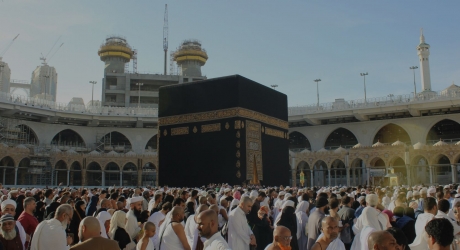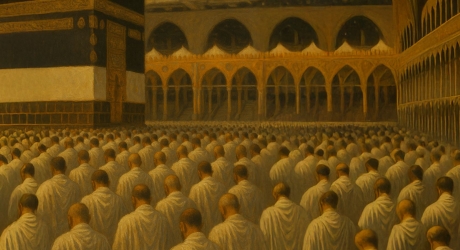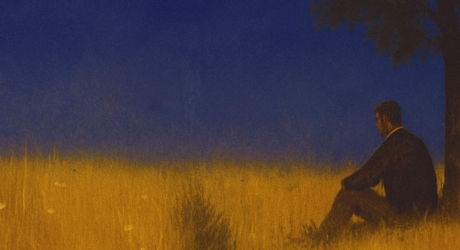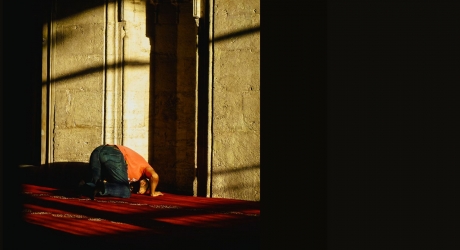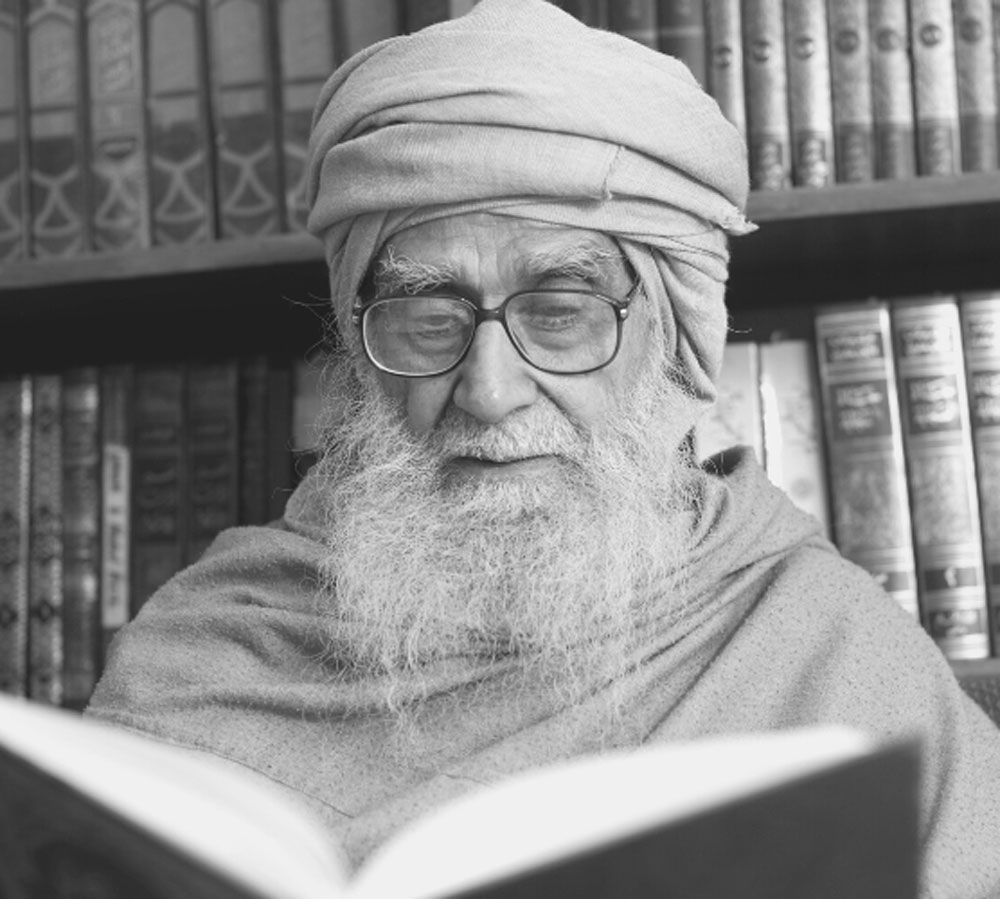The Times of India | June 02, 2025
The foundation of Hajj was laid by Prophet Ibrahim (Abraham) and his son Prophet Ismail (Ishmael). As part of this divine mission, they constructed the Kaaba. Referring to this, the Quran states:
“The first House to be built for mankind was the one at Makkah. It is a blessed place; a source of guidance for the whole world.” (3:96)
Here, the term "source of guidance" signifies a source of divine enlightenment.
According to a saying of the Prophet of Islam, when a believer returns home after performing Hajj, he is like he was on the day his mother gave birth to him (Sahih al-Bukhari). In other words, the person returns from Hajj as a newborn—pure and free from all sins. This reference to a newborn symbolizes the natural state of purity: free from hatred, malice, and resentment, marked by a calm and smiling face.
This saying can be better understood in the light of another teaching of the Prophet, according to which every person is born upon nature, but then becomes conditioned by the environment in which they live (Sahih al-Bukhari, Hadith No. 1385). Reflecting on these words of the Prophet, it becomes clear that if one performs Hajj in its true spirit, one returns to one’s original pure nature.
This return to purity is not a miraculous occurrence; it is an intellectual process that requires conscious effort and personal engagement. It is known as de-conditioning. Through Hajj, a worshipper becomes aware of how everyone, without exception, is shaped by their environment. Therefore, there is a need to consciously remove this conditioning and return to the natural, God-given state. Hajj facilitates this process—it serves as a transformative course that helps undo the environmental conditioning and restores one’s original nature.
However, only those who perform Hajj with sincerity and understanding of its spirit can truly benefit from it. For someone who performs only the rituals of Hajj without internal awareness, the pilgrimage becomes little more than a kind of outing.
The Prophet explained to his Companions that the various rites of Hajj symbolically represent the different phases of the life of Prophet Abraham. His entire life was devoted to a divine mission, and every believer is expected to adopt this pattern in their personal life. For instance, ihram—the simple attire of two unstitched pieces of cloth—symbolizes humility and simplicity. The ritual of tawaf, in which pilgrims circle the Kaaba seven times, signifies dedicating oneself to a purposeful life.
Tawaf is followed by saee, which involves brisk walking seven times between the hills of Safa and Marwah near the Kaaba. This act encourages one to direct personal effort and struggle toward attaining nearness to God. The sacrifice of an animal during the pilgrimage represents a pledge to live a life of sacrifice. The stoning of the devil (ramy al-jamarat) symbolizes the rejection of satanic influences.
Finally, pilgrims enter the plains of Arafat chanting “Labbayk! Labbayk!” (“O God, here I come!”). This chant is meant to remind the individual of the Day of Resurrection when all human beings will stand before God for accountability.
The Prophet of Islam performed Hajj towards the end of his life. On this occasion, all of his Companions gathered in the plain of Arafat, about 20 kilometers east of Makkah. There, while mounted on his camel, the Prophet delivered a sermon famously known as the Khutbah Hajjatul Wida—The Sermon of the Farewell Pilgrimage. On this historic moment, the Prophet addressed not only his contemporaries but future generations of Muslims.
The essence of this sermon is captured in the repeated words:
“Beware! do not commit oppression. Beware! do not commit oppression.”
The purpose of this message was to close every door that leads to oppression—whether caused by pride, rebellion, or any other factor.
This same principle is echoed in the Quran in relation to Hajj, as seen in the following verse:
“The pilgrimage is in the appointed months. Whoever intends to perform it during them must abstain from indecent speech (rafath), from all wicked conduct (fisq), and from quarrelling (jidal) while on the pilgrimage. Whatever good you may do, God is aware of it. Make provision for yourselves—but surely, the best of all provision is God-consciousness. Always be mindful of Me, you that are endowed with understanding.” (Quran 2:197)
Hajj is the greater pilgrimage, while Umrah is the lesser one. Umrah can be performed at any time of the year, unlike Hajj which takes place only once annually. Islam does not require Muslims to repeatedly perform Hajj or Umrah. Instead, believers are commanded to perform Hajj or Umrah once in their lifetime, and thereafter to live in accordance with the profound lessons gained during the pilgrimage. They are also urged to commit themselves to sharing these insights with the rest of humanity.
Source: Spirit of Islam, Sept 2017





